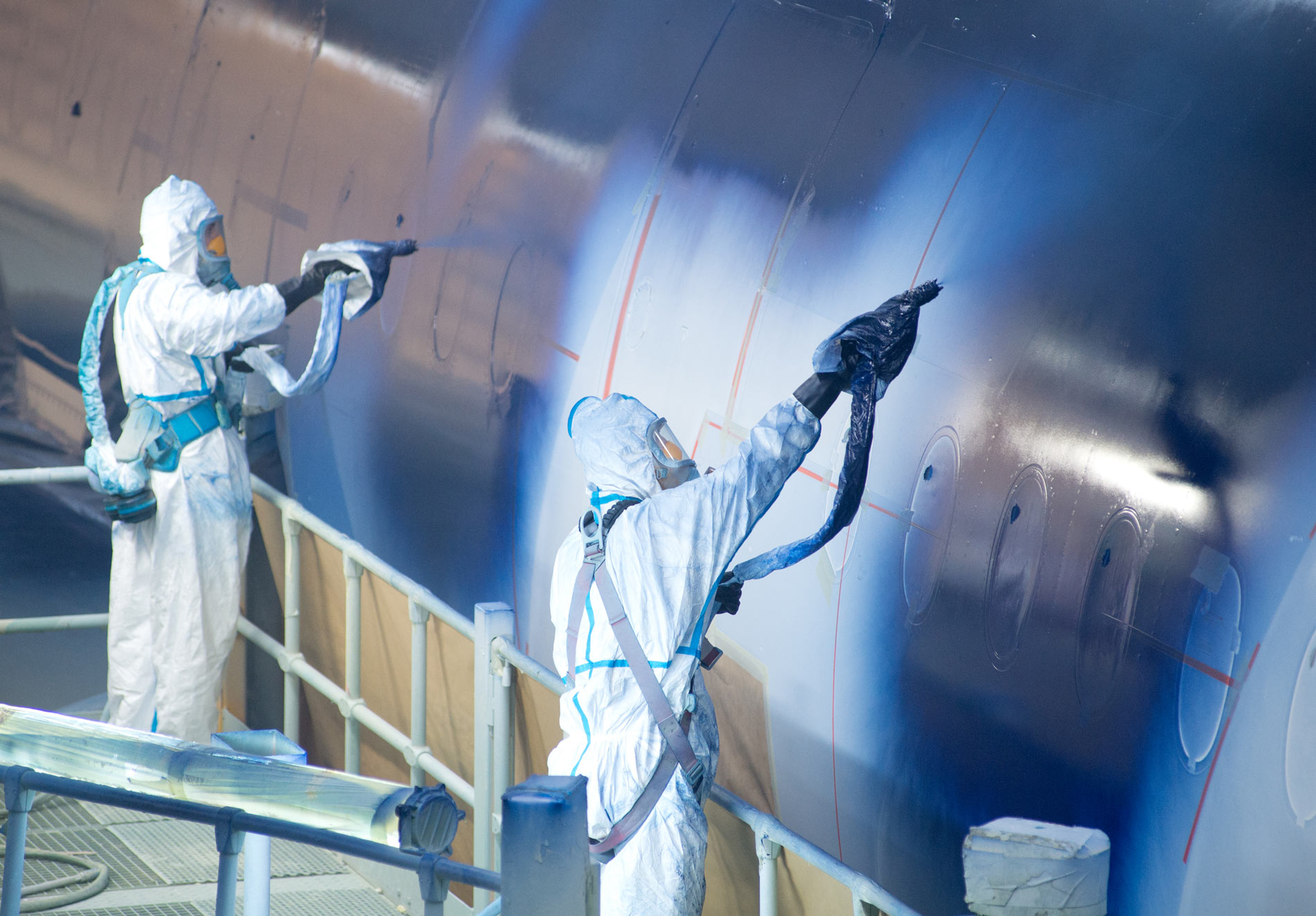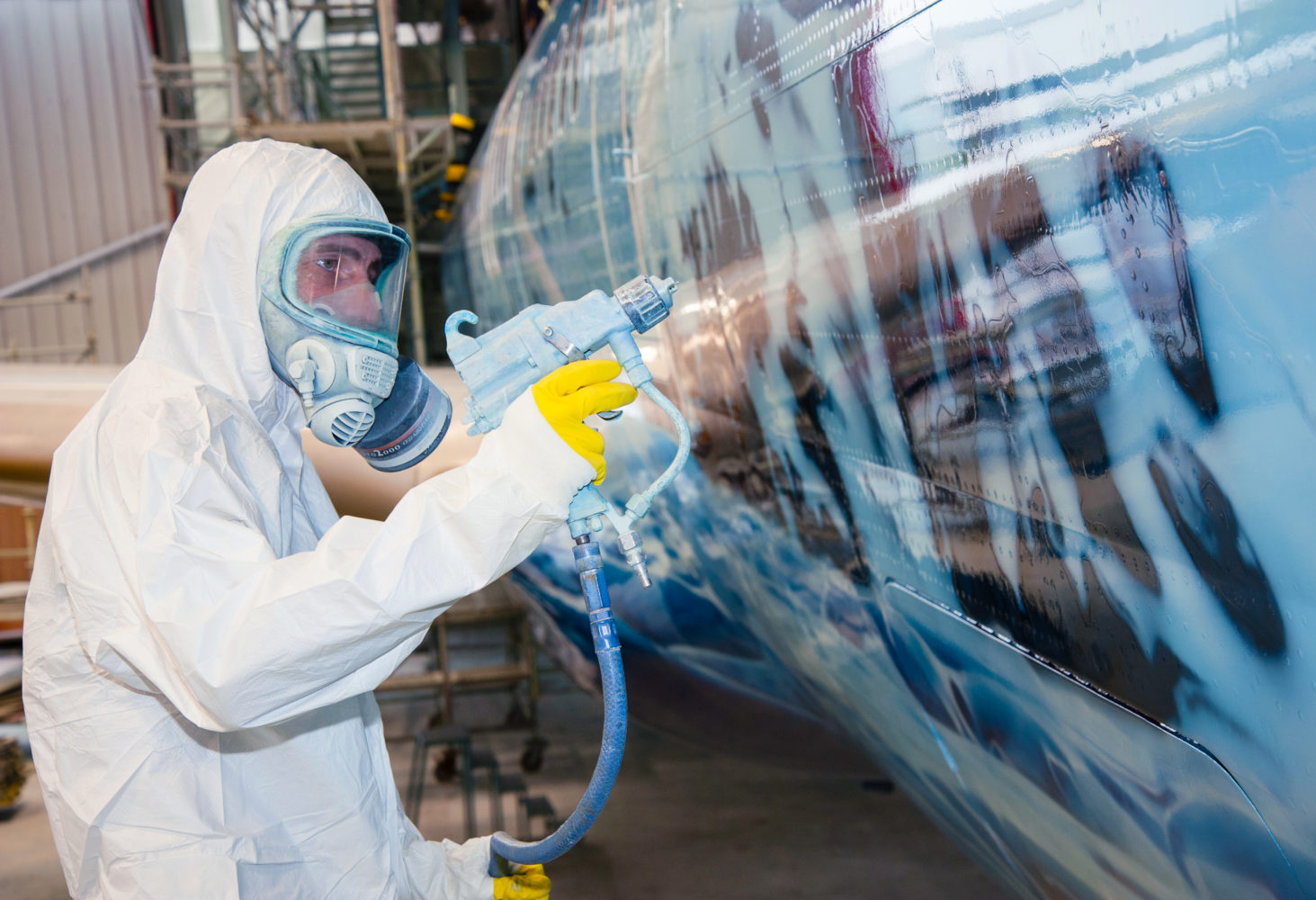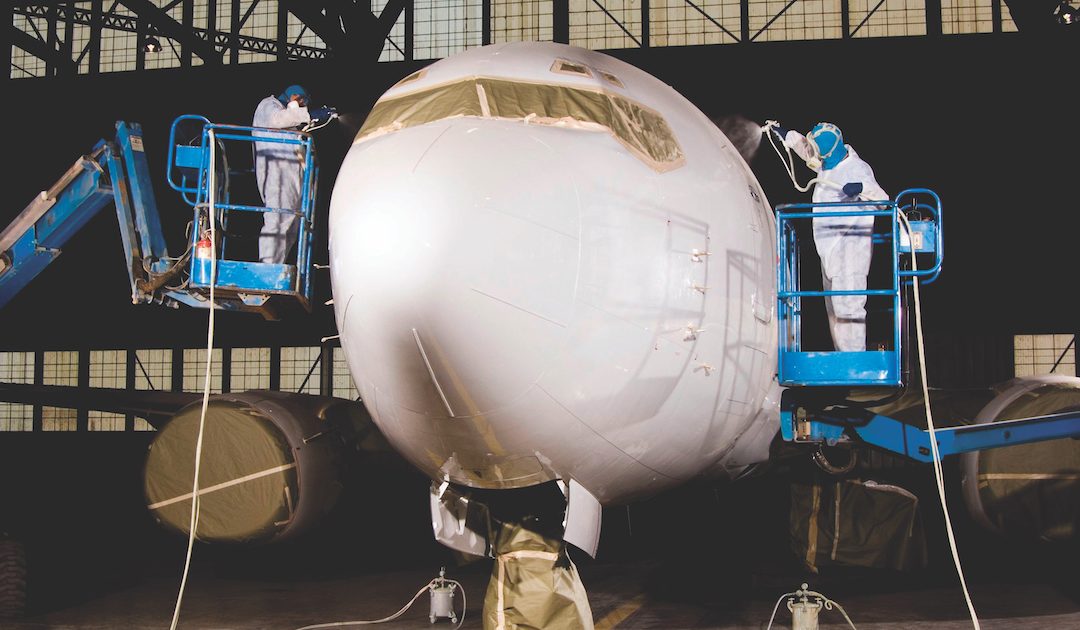The question of how much does it cost to paint an aircraft often comes up among aircraft owners and aviation enthusiasts. Understanding the cost involved is essential, whether you’re dealing with a commercial airline, a private jet, or a smaller aircraft. Knowing the expenses can save you both time and money in the long run.

Introduction to Aircraft Painting
Aircraft painting is not merely an aesthetic endeavor; it serves vital purposes such as corrosion prevention and weight management. In aviation, even the seemingly smallest detail can impact safety and efficiency.
Factors Influencing Aircraft Painting Costs
Size of the Aircraft
The size of the aircraft is a primary factor in determining the cost of painting. Larger aircraft require more paint, which increases both the material and labor costs.
Type of Paint
The type of paint used can significantly affect costs. High-quality paints designed for better durability and weather resistance will naturally be more expensive.
Design Complexity
If the design is simple, it will generally be less expensive than more intricate designs that require additional labor and materials.
Labor Costs
Labor is another significant factor. The more complicated the job, the higher the labor costs will be. Expert painters specializing in aviation often charge a premium for their services.
Steps Involved in Painting an Aircraft
Preparation
Preparation involves cleaning the aircraft thoroughly to ensure no debris interferes with the painting process. This step is crucial for achieving a smooth finish.
Paint Stripping
Stripping old paint is a labor-intensive task but essential for a quality new paint job. This step ensures that the new paint adheres properly.
Priming
The next step is applying a primer to prepare the surface. This step is important for corrosion protection and ensures the topcoat sticks properly.
Painting
In this stage, the topcoat and any design details are applied. High-quality paints are often applied in multiple layers for best results.
Drying and Curing
After painting, the aircraft needs to be dried and cured. This period is critical to ensuring the paints durability and finish.
Estimated Costs by Aircraft Type
Commercial Airlines
Painting a commercial aircraft can be a multi-million dollar project. Costs for airlines typically range from $50,000 to $200,000 depending on the aircraft’s size and complexity of the paint job.
Private Jets
For private jets, the costs are relatively lower but can still run from $100,000 to $300,000, depending on various factors like size, paint quality, and design complexity.
Smaller Aircraft
Smaller aircraft, such as single-engine planes, usually have the most manageable costs, ranging from $10,000 to $50,000.
Technology Advances in Aircraft Painting
Robotic Paint Systems
Robotic paint systems have revolutionized the aircraft painting industry. These systems offer precise and consistent results, reducing labor costs and time.
Advanced Paint Materials
Modern paints are far more advanced, offering better durability and resistance to elements, which can, in turn, reduce maintenance costs.
Environmental Considerations
Today’s technology also focuses on reducing environmental impact. Newer paints are more eco-friendly, and improved ventilation systems mean less toxic exposure for workers.
Why Paint an Aircraft?
Corrosion Protection
Painting not only makes an aircraft look good but also protects it from corrosion. This is especially important for planes flying in harsh conditions.
Weight Management
Smooth, even paint can contribute to better aerodynamics, which can, in turn, improve an aircraft’s fuel efficiency.
Branding and Aesthetics
For commercial airlines, the paint job is part of the brand. Consistent, high-quality paint jobs help reinforce the airline’s brand identity.
Choosing the Right Professional Service
Experience Matters
When it comes to aircraft painting, experience matters. Veteran painters familiar with aviation standards can guarantee better outcomes.
Quality Assurance
Ensure the service provider has rigorous quality assurance processes. This will ensure that the paint job not only looks good but also performs well over time.
Cost vs. Quality
While it might be tempting to go for the cheapest option, remember that with aircraft painting, you often get what you pay for. Cutting costs can lead to inferior work and potentially higher costs down the line.

FAQs
How long does it take to paint an aircraft?
The time required varies depending on the aircraft’s size and the complexity of the design, but it generally takes between 1 to 2 months to complete the process.
Can painting an aircraft improve its performance?
Yes, a good paint job can make an aircraft more aerodynamic, which can improve fuel efficiency and overall performance.
What regulations must be followed?
Aircraft painting must adhere to stringent aviation regulations. Make sure to choose a professional service that complies with all necessary guidelines.
For more detailed insights, check out this external guide.
